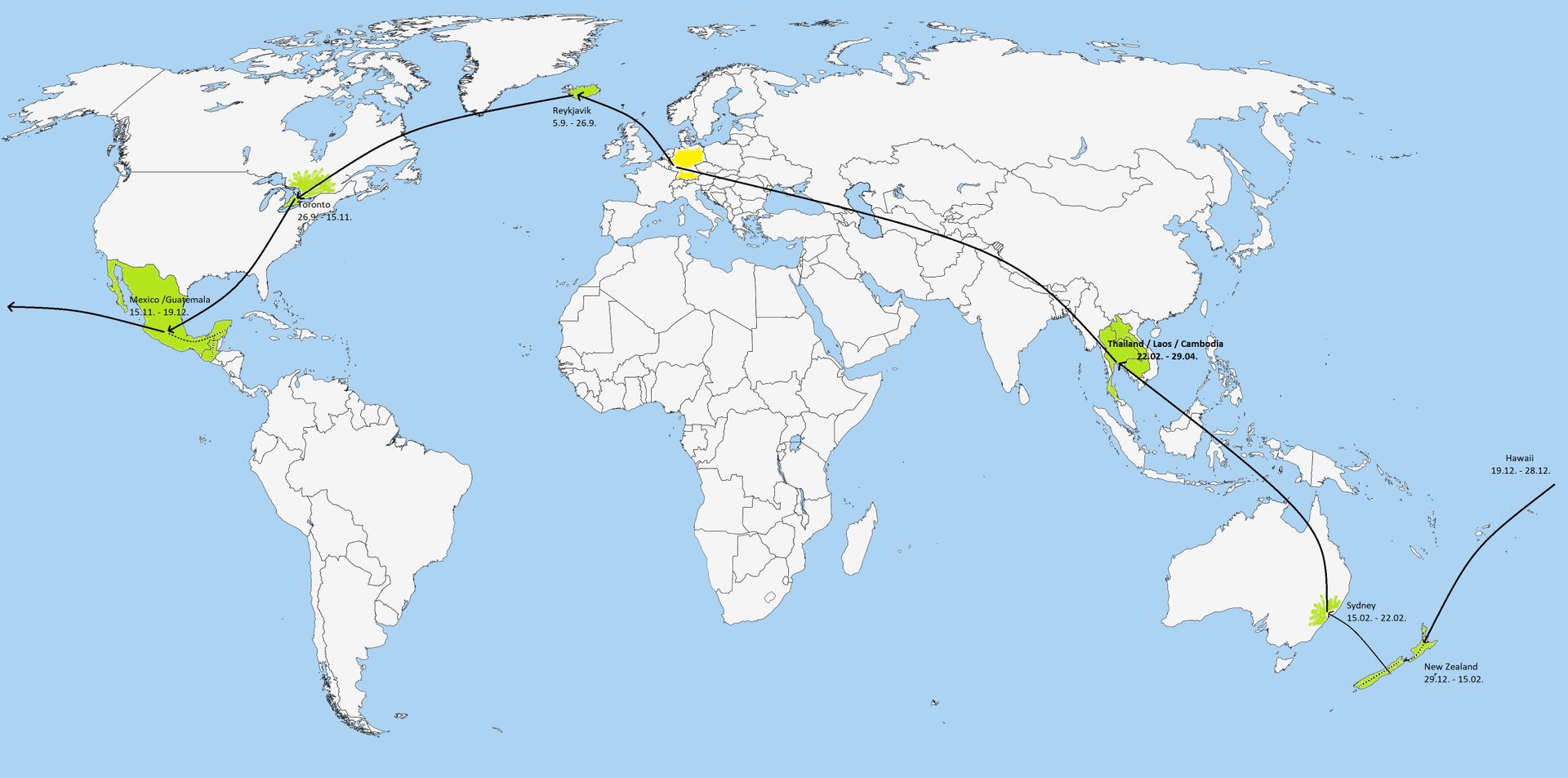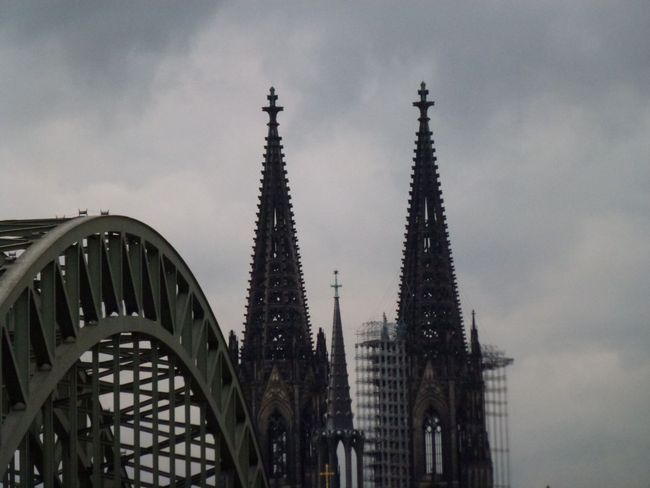Christchurch - a peculiar city
Argitaratu: 18.02.2019
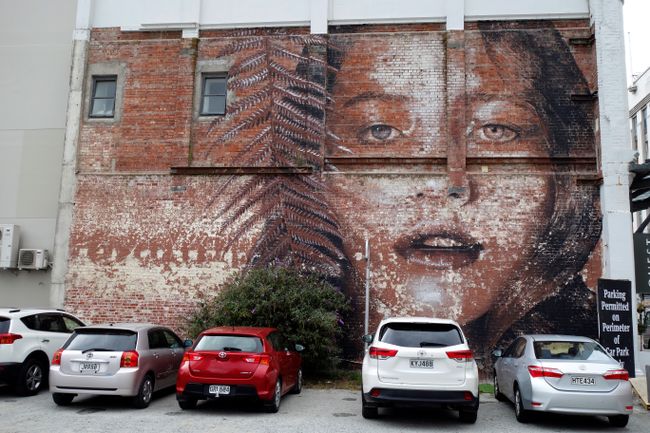
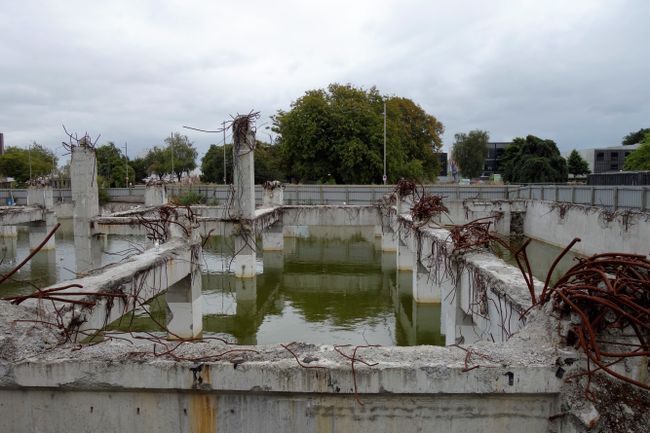
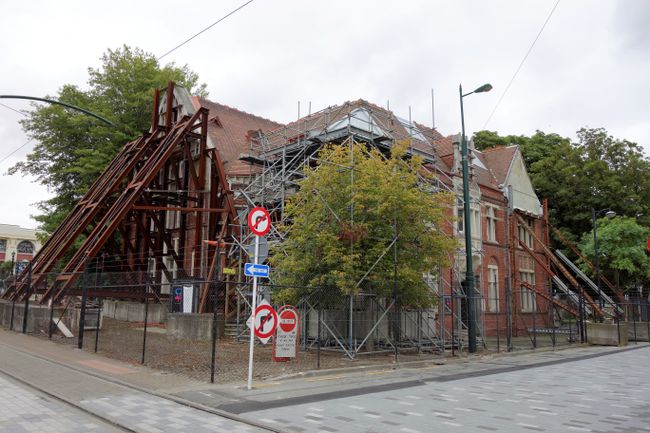
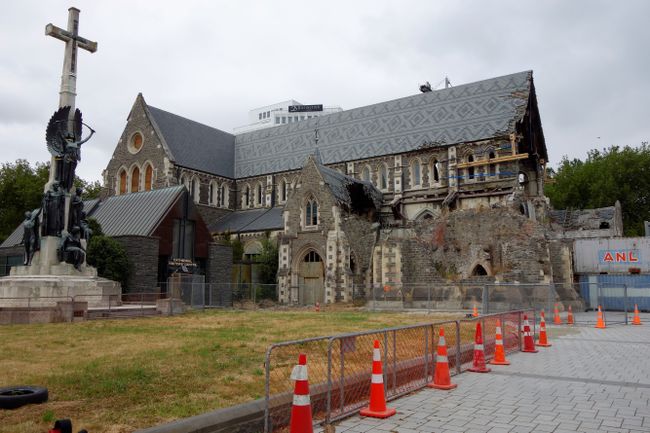
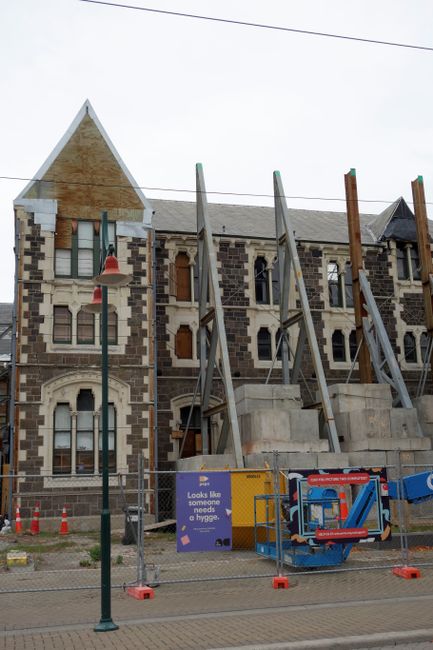
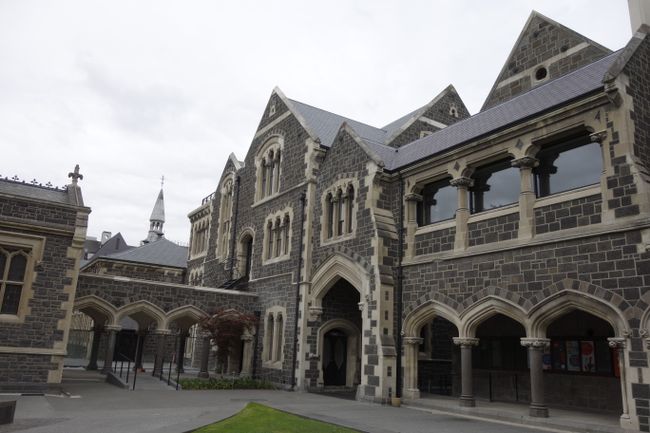
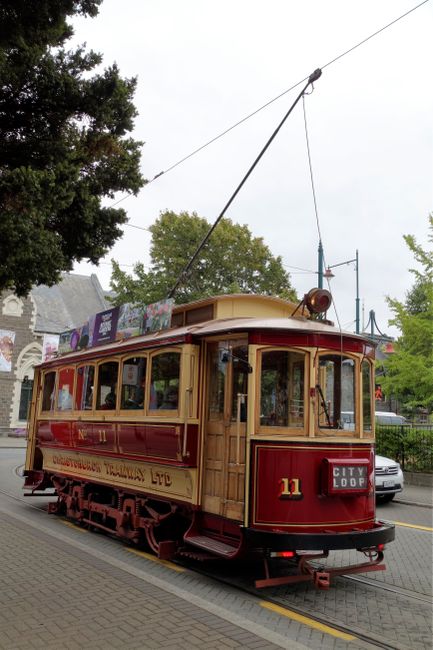
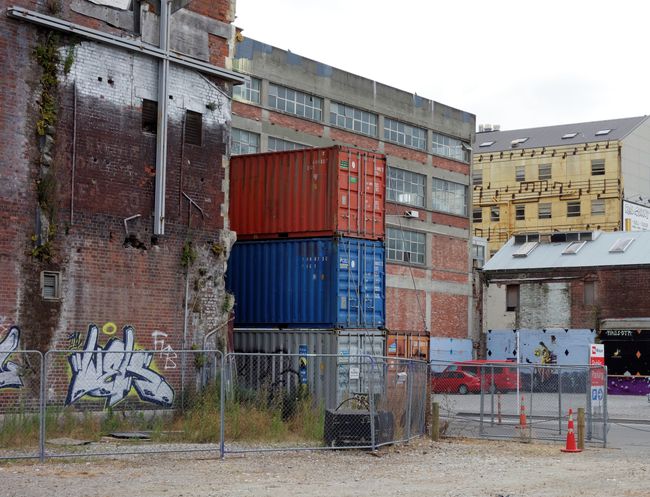
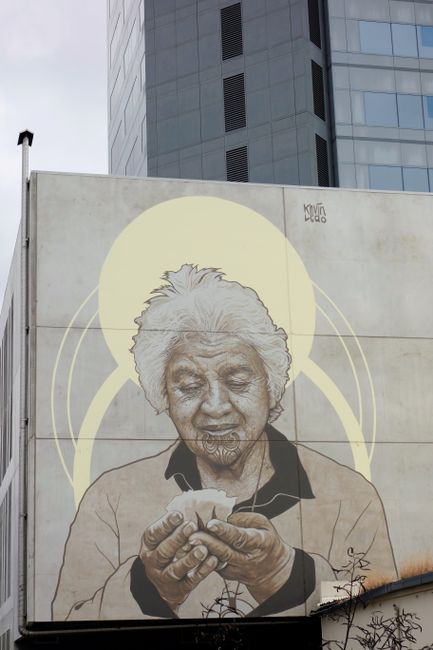
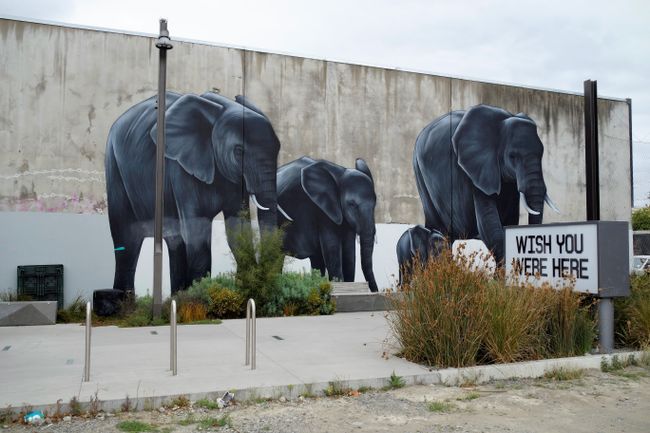
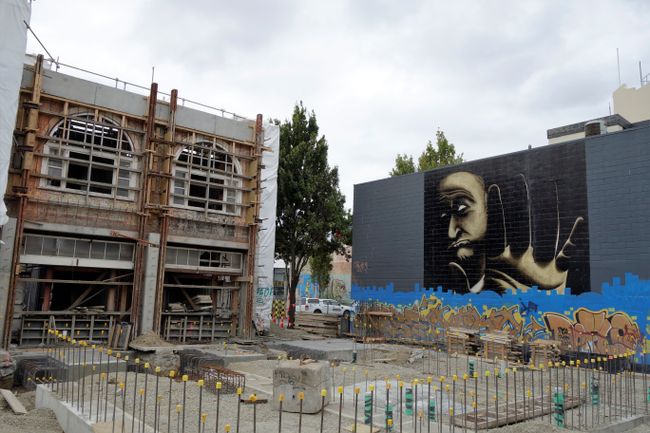
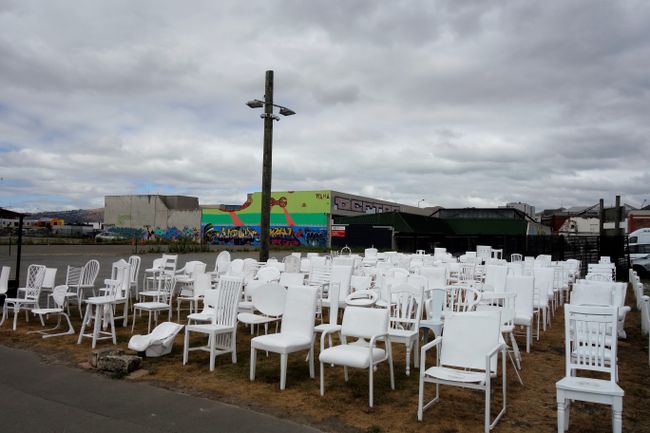
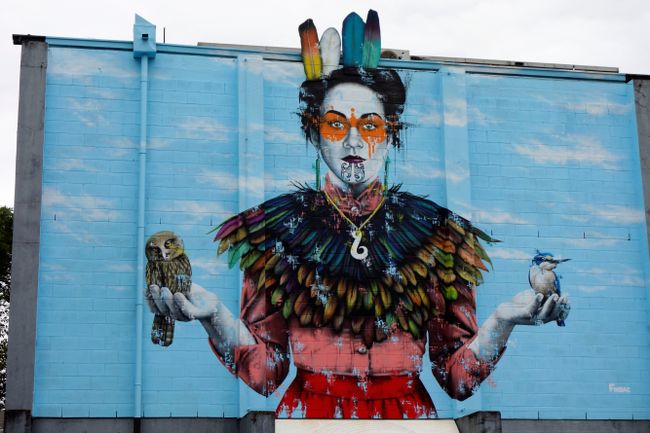
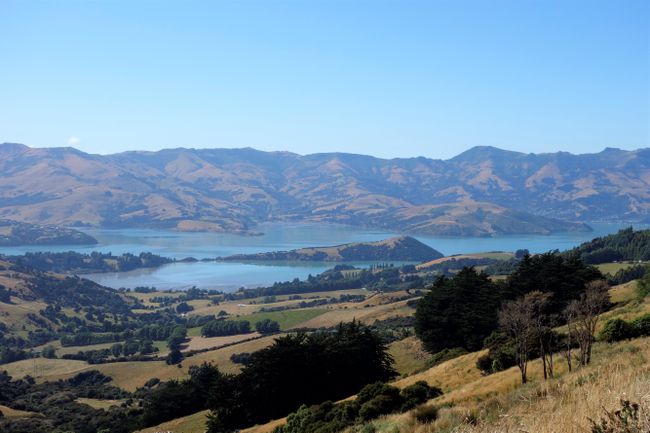
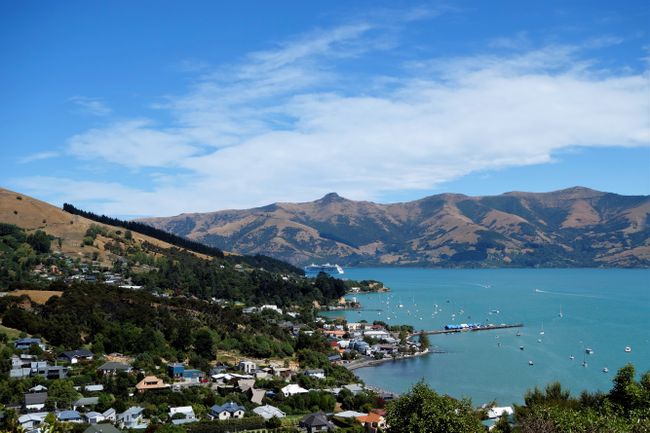
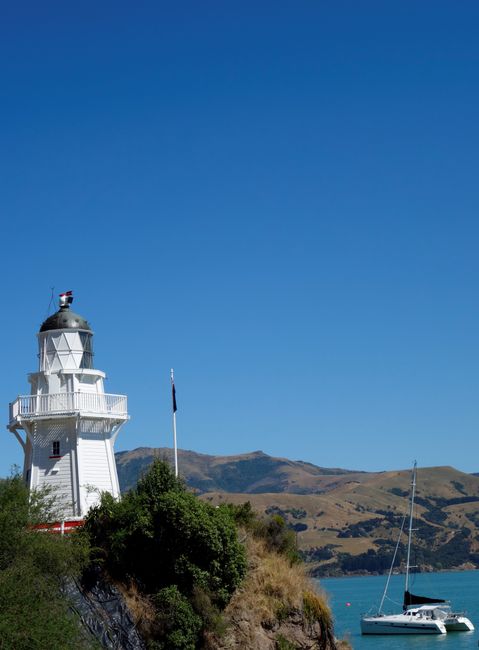
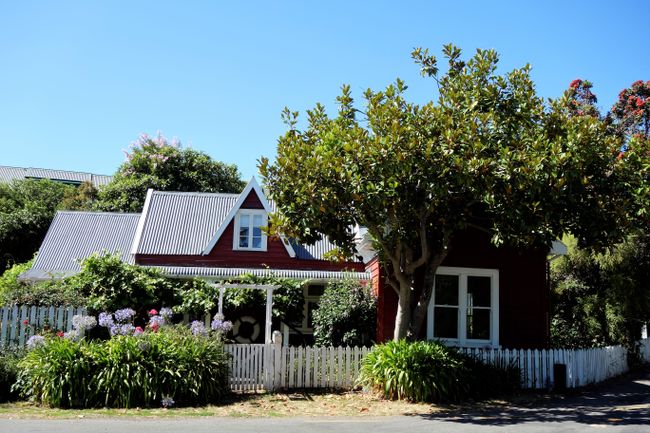
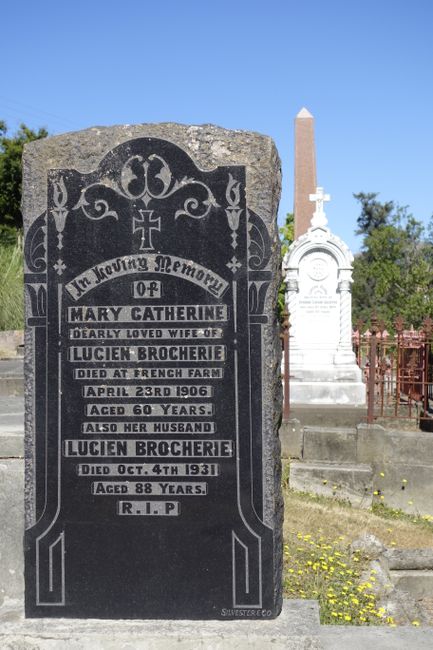
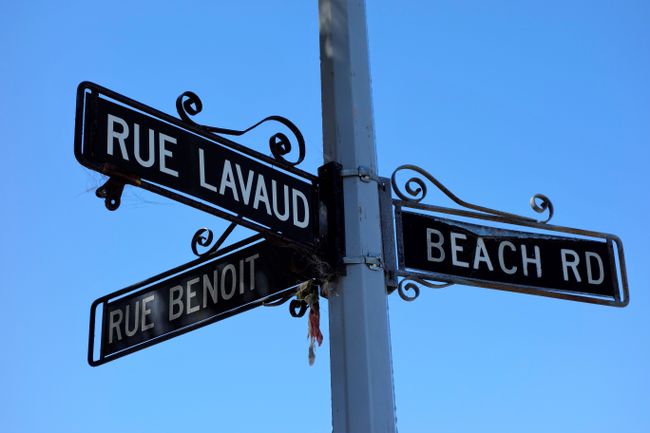
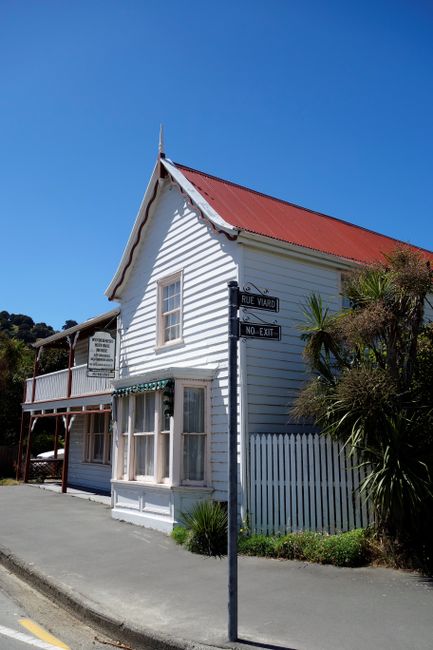
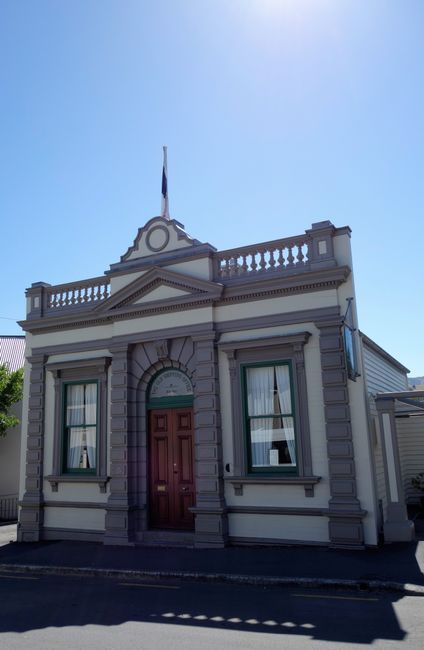
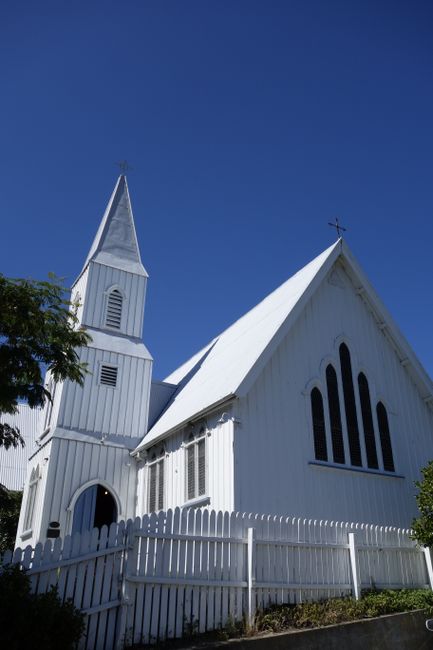
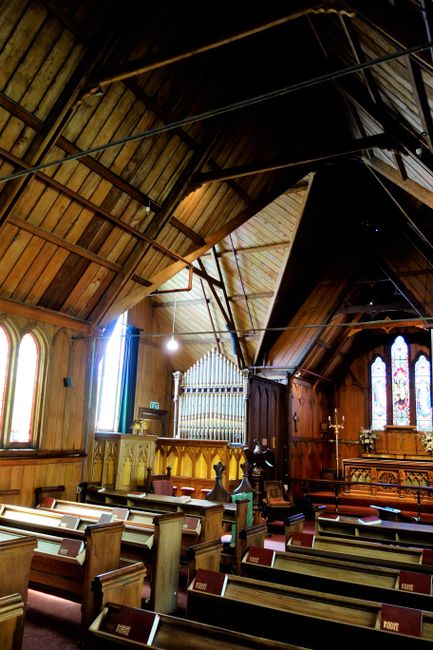
Harpidetu Buletinera
Christchurch is a most peculiar city. With a population of only 400,000, its urban area stretches over approx. 600 km² (in comparison, Cologne covers an area of 400 km² with a population of roughly 1 million). This low density is due to the fact that Kiwis like their own property and garden (at least 1000 m²) and because multistorey apartment buildings are more prone to collapse during earthquakes.
I had booked an accommodation in a residential area approx. 20 min by bus from the city center (there was nothing closer which I wanted to afford). On my first day, I decided to walk into town as there was a nice and peaceful trail along the river Avon leading right into the center. Walking along, seeing the different rowing clubs along the banks of the river and the girls and boys practicing in their uniforms reminded me once again a lot of my time in Cambridge. As soon as I entered the city center though, this reminiscence ceased.
Christchurch has been badly damaged by various earthquakes, most severely in 2011, and the city still hasn't recovered from that. There are hardly any old buildings (already taken into account that the term 'old' is very relative in the new world). Everywhere you go, you can find ruins and damaged houses which are prevented from collapsing by huge shipping containers or bars and scaffolding. Another result of the earthquakes are the numerous empty patches where buildings had to be torn down, leaving the city with more car parks than needed, but also fostering a great urban street artist scene due to the many exterior walls exposed and left to be embellished.
If you're not into modern art, there's not much to do in Christchurch. That's why I decided to go on a day trip to Akaroa, a former 19th-century French settlement. Nobody speaks French there anymore, but you can still find some traces of the French inheritance when walking through this small town, which is located at a beautiful bay on the peninsula south of Christchurch.
Harpidetu Buletinera
Erantzun

Bidaien txostenak Zelanda Berria
